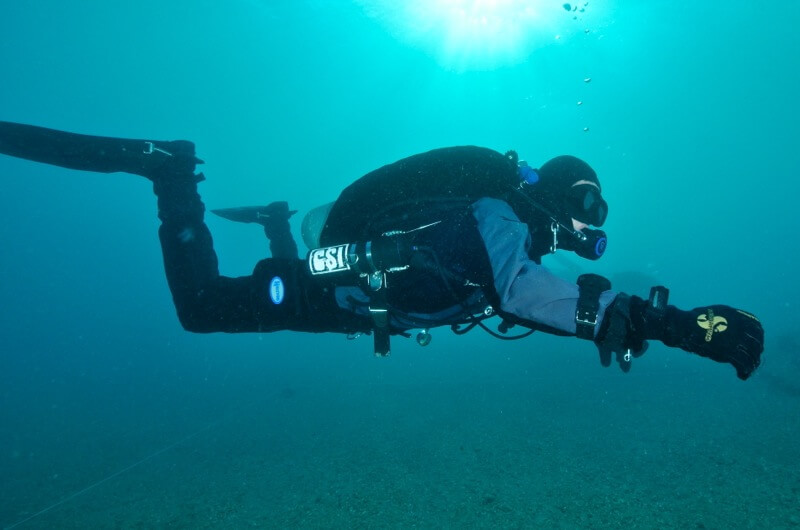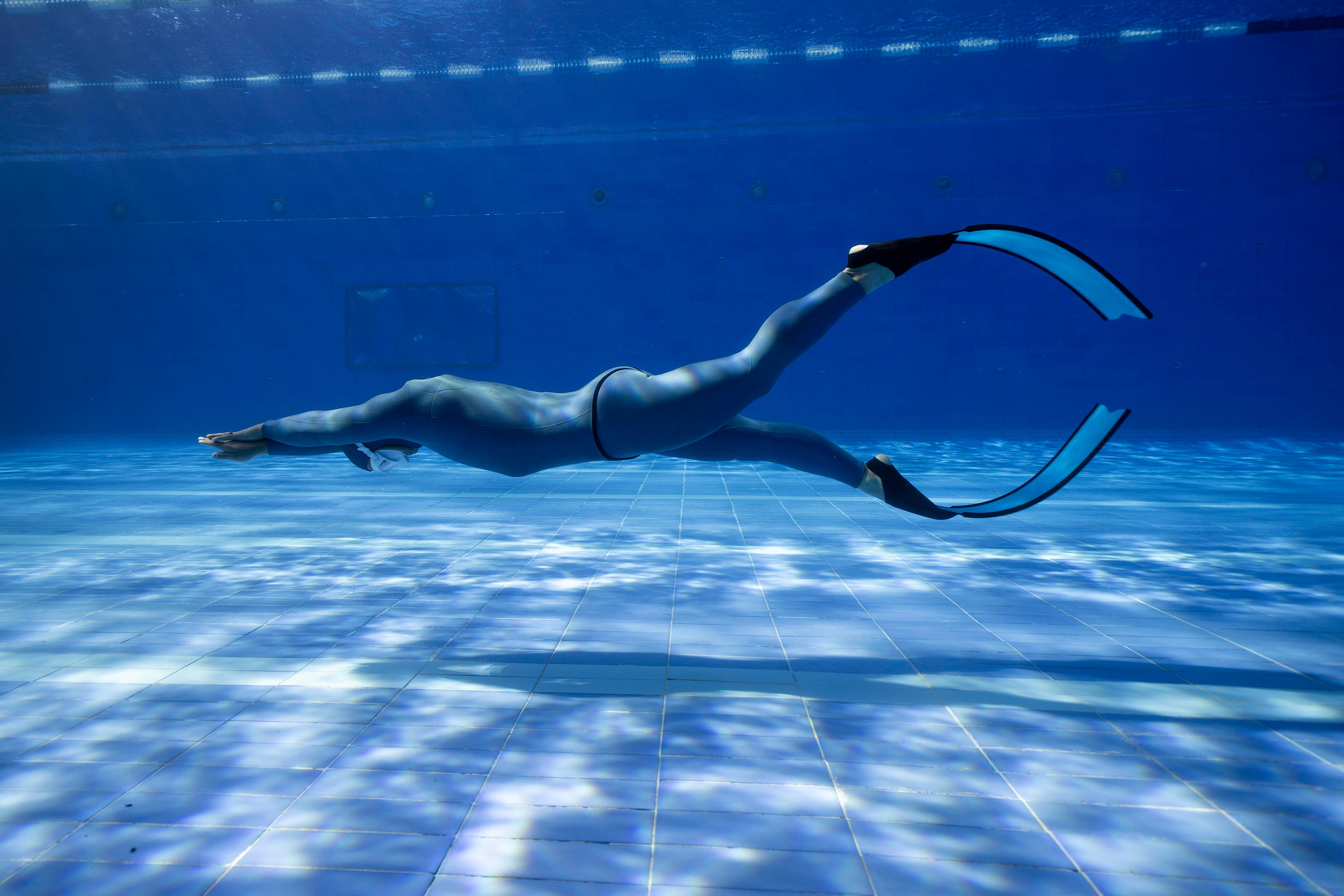I’m sold on the backplate and wing, already placed an order from the instructor. I’m still not sold on the long hose- and I think that’s ok. It wasn’t too hard to manage but it is more work than my current setup, and I like my current Atomic reg and SS1. I will take away some of the teachings from the course - and had definitely had a ton of help in getting the right adjustments to the new bc which made a big difference in trim. But other small things like you always have to wear your dive watch on the right (cuz a light/cord that I don’t have needs to go on the left), always have to unclip spg to check even tho I can see it fine without unclipping etc. felt awkward. I’m sure if I started with GUE from the get go all of this would be fine, but 250 dives in I’m used to a certain setup and if it doesn’t make my diving easier NOW I don’t really want to make adjustments NOW for things that I could/maybe/possibly want to expand to in the future.
I was once in your shoes: going into Fundies after 200 dives using a jacket BC and traditional OW hose lengths. I found it very difficult in the new gear to get back to the level of performance I had achieved with my old familiar gear, and of course GUE only made it more difficult by showing me how I needed to learn to do it all while task loaded.
So how did it turn out? I left Fundies full of Kool Aid. Er, I mean I bought into the benefits of the GUE gear configuration for OW diving. With post-Fundies practice, it not only became easier but soon became second nature. That was 8 years ago. And yet ... today I'm still not 100% "sold" on the configuration for OW. I have made several attempts over the past few years to learn to use the so-called "streamlined OW" configuration--with a 40-inch primary hose on an elbow fitting--and every time I have reverted to my 7-foot primary. As you know, once something is deeply ingrained in muscle memory, it's hard to change. I really do believe that for some specific types of diving--the one I have in mind is diving from a RIB crowded with other divers--I would prefer a primary hose that's easier for the boat crew to handle. Someday (soon!) I will get myself "trained" on the streamlined OW configuration.





